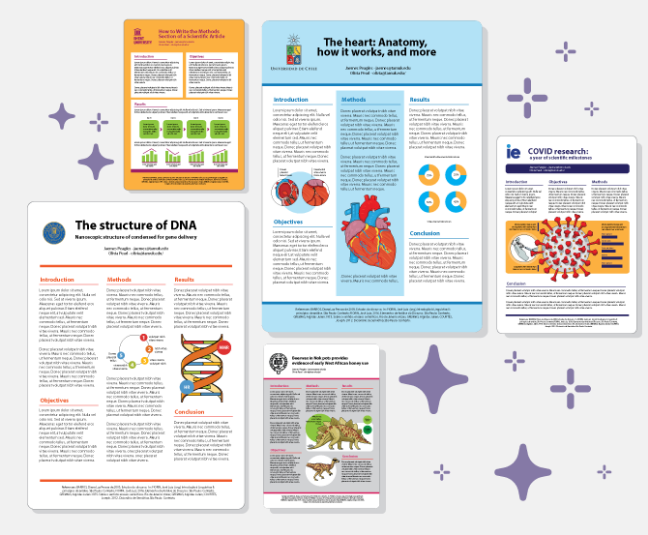Scientific research plays a crucial role in advancing our understanding of the world. The integrity and reliability of scientific research are threatened when results cannot be reproduced by independent researchers. Reproducibility is the ability of an experiment, study, or analysis to be repeated with the same results, using the same methods, data, and resources.
In recent years, concerns have been raised about the reproducibility of scientific research, with studies indicating that many published findings may not be replicable. This has led to a “reproducibility crisis” in science, which undermines public trust in scientific research and hinders the progress of science.
What is reproducibility?

Reproducibility refers to the capacity to reproduce or recreate the results of an experiment, analysis, or study using the same methods, data, and procedures that were used originally. In other words, if someone else were to repeat the same experiment or analysis, they should be able to obtain similar results as the original researcher.
It is an essential aspect of the scientific method as it helps to establish the validity and reliability of research findings. It enables other researchers to validate the results and conclusions, build on them, and verify or refute the original findings. Therefore, to ensure reproducibility, researchers need to make their data, code, and methods openly available and well-documented, and ensure that their experiments and analyses can be replicated by others.
Things that contributed to the lack of reproducibility
Lack of reproducibility refers to situations where attempts to replicate a study’s findings fail to yield consistent results. Many factors can contribute to the lack of reproducibility in scientific research, here are the most common ones:
Incomplete or inaccurate reporting
If important details about the experimental setup, data analysis, or statistical methods are not reported, it may be difficult or impossible for other researchers to reproduce the results.
Small sample sizes
When studies are conducted with small sample sizes, there is a greater risk that the results are due to chance or other factors unrelated to the experimental manipulation. This can make it difficult for other researchers to replicate the findings.
Publication bias
Researchers and journals may be more likely to report positive results than null or negative results, leading to an over-representation of significant findings in the literature. This can create a misleading impression of the strength or robustness of the results.
Methodological variability
Even when researchers attempt to replicate a study, there may be differences in the specific methods or materials used that can affect the outcome. This can make it difficult to determine whether a failure to replicate is due to a genuine lack of reproducibility or simply methodological differences.

How to ensure reproducibility in your research
Ensuring reproducibility in research is essential for building confidence in the findings, enabling others to replicate the results, and further advancing scientific understanding. Here are some steps you can take to ensure reproducibility in your research:
Document your methods and data
Keep a detailed record of your experimental design, methodology, and data analysis techniques. Document any changes or modifications made during the study.
Share your code and data
Sharing your code and data can allow others to reproduce your results, validate your findings, and build on your work. Make sure to use a public repository or data-sharing platform that ensures the long-term availability of the materials.
Use open-source software
Open-source software can help ensure reproducibility by providing transparency in the analysis and reducing the potential for proprietary software to introduce errors or inconsistencies.
Conduct robust statistical analyses
Use appropriate statistical methods and ensure that your results are robust and not dependent on particular assumptions or outlier data points.
Performing sensitivity analyses
Evaluate the robustness of your findings by conducting sensitivity analyses, and testing the effects of different assumptions and potential sources of bias.
Peer review
Seek input and feedback from colleagues and peer reviewers to identify potential sources of error, assess the validity of your results, and ensure transparency in your reporting.
By following these steps, you can help ensure that your research is reproducible and can be confidently used by other researchers in the field.
Reproducibility vs Replicability

Reproducibility and replicability are related concepts in scientific research, but they refer to different aspects of the scientific process.
Reproducibility refers to the ability of a researcher to re-create the same results using the same techniques. Replicability, on the other hand, refers to the ability of a different researcher to obtain similar results as reported in a published study, but using different data, methods, or analytical techniques. In other words, if someone else tries to replicate your study using different data or methods, they should still find similar results. Replicability is important for assessing the generalizability and robustness of scientific findings.
Both reproducibility and replicability are important for ensuring the quality and integrity of scientific research. Reproducibility ensures that results are accurate and trustworthy, while replicability provides evidence that findings are reliable and applicable to a wider range of situations or contexts. Therefore, researchers should strive for both reproducibility and replicability when conducting and reporting their research.
Integrate information and illustrations into beautiful and impactful slides
Mind the Graph is an online platform that provides scientists and researchers with an easy-to-use tool to create visually appealing scientific presentations, posters, and graphical abstracts. It offers a wide range of templates, pre-designed icons, and illustrations that researchers can use to create stunning visuals that effectively communicate their research findings.


Subscribe to our newsletter
Exclusive high quality content about effective visual
communication in science.




